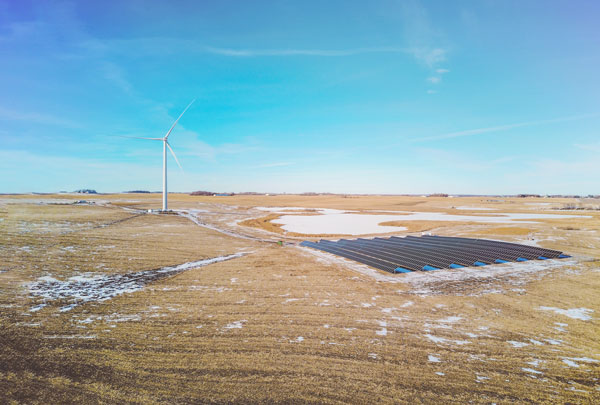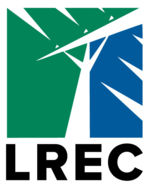Day after day, year after year, Lake Region Electric Cooperative and our state’s network of electricity providers are implementing smarter and more cost-effective ways to provide safe and reliable electricity. We are working together to establish an economy that is built on clean and efficient energy production.
As part of this effort, Minnesota’s Conservation Improvement Program (CIP) sets annual goals for investments in conservation by utilities, including our cooperative. CIP has produced many positive results over the years, including reducing the demand for new power plants by limiting both overall electricity usage and peak period usage. Often with the help of rebates and programs offered by cooperatives, homes and businesses are adopting conservation measures, such as energy audits and investments in high-efficiency appliances and machines.
While CIP has been a success, the program’s narrow focus on lowering electricity consumption limits opportunities to leverage Minnesota’s greening electric grid and implement innovations that could produce greater benefits for our members and communities. This legislative session, Minnesota cooperatives have proposed a bill (HF 1839/SF 1915) that will modernize CIP and build on its successes. The proposal allows municipals and member-owned cooperatives to explore a wider range of options to meet new standards for energy efficiency and reduce carbon emissions at greater rates. Further, this initiative recognizes that today’s energy policy needs to be multi-faceted, allowing us to create new opportunities to produce greater energy efficiencies and consumer savings.
This means acknowledging that efficient electrification should complement our goals to lower electricity consumption—which is not currently the case. For example, supporting the growing electric vehicle market seems like a perfect role for CIP. The problem is that electric vehicles use more electricity than gas-powered cars, and that contradicts CIP’s goal of lowering electricity use. The reality is that electric vehicles are a far more energy-efficient option compared to vehicles that burn gas. In fact, an electric vehicle uses 72 percent less total energy than a gasoline vehicle (as measured by BTUs), has a lower carbon footprint, and provides a significant cost savings for consumers.
There are many other examples where electrification produces net benefits in terms of cost, carbon footprint, and efficiency. For example, an air source heat pump can be a better alternative over propane. But again, it would use more electricity and that’s not part of CIP’s mandate, even though a heat pump would use 70 percent less total energy for the same amount of heating (and yes, it would be cheaper and cleaner, too).
Lake Region Electric Cooperative’s wind/solar hybrid project is an excellent example of an opportunity to practice efficient electrification. The energy coming from this project is clean, affordable, and renewable. We are looking at a pilot program to explore ways to better utilize the power as it is produced (which is when the wind blows or when the sun is shining). Programs like this would be a perfect use of the funds, but don’t fit within CIP’s currently narrow focus.
By modernizing CIP to create a more flexible and comprehensive program, we can fully reward efficiency and emission reduction. We shouldn’t simply focus on using less electricity when we can leverage the investments we have all made in the electric grid to provide economic and environmental benefits for all.

 Lake Region Electric Cooperative
Lake Region Electric Cooperative